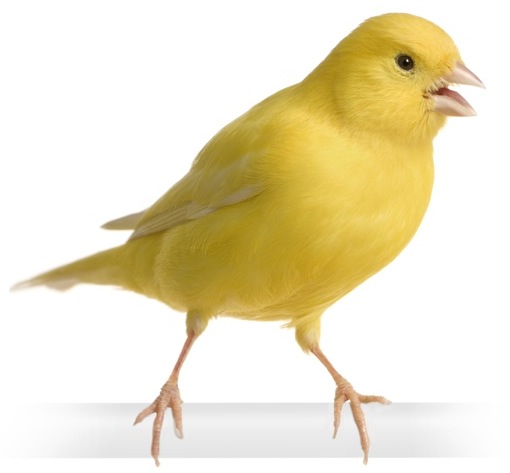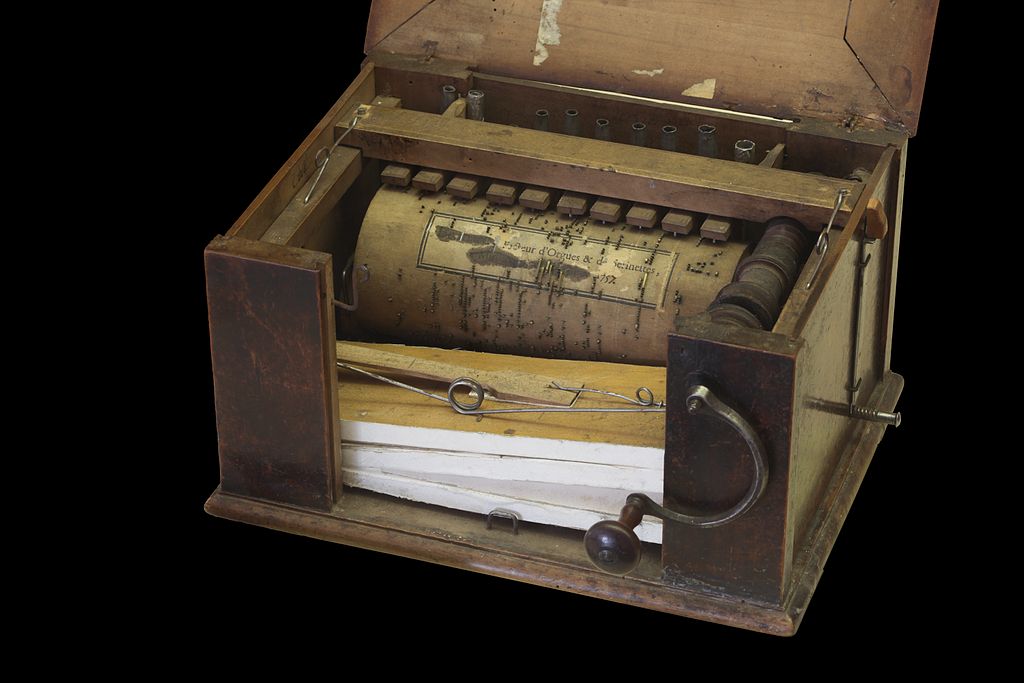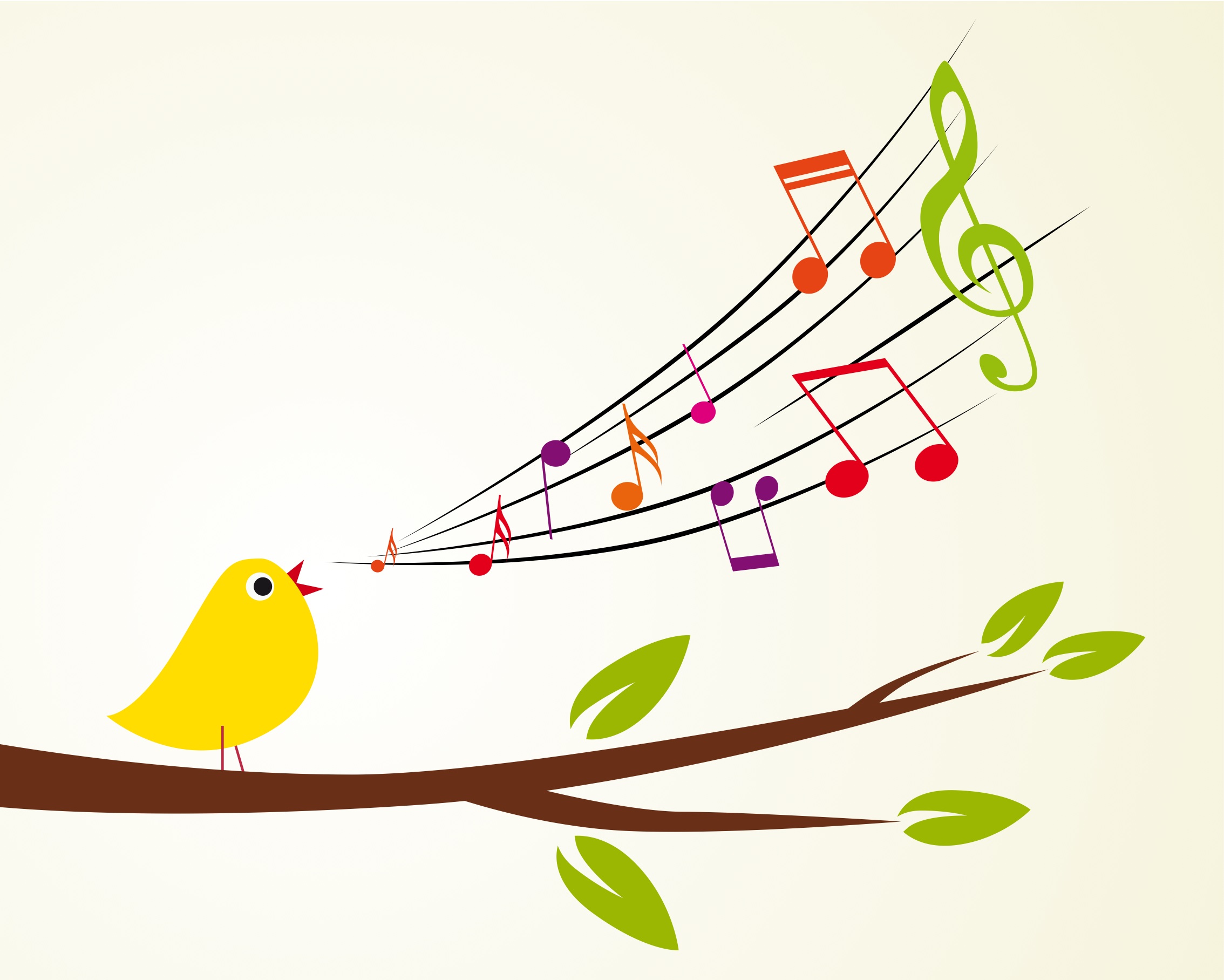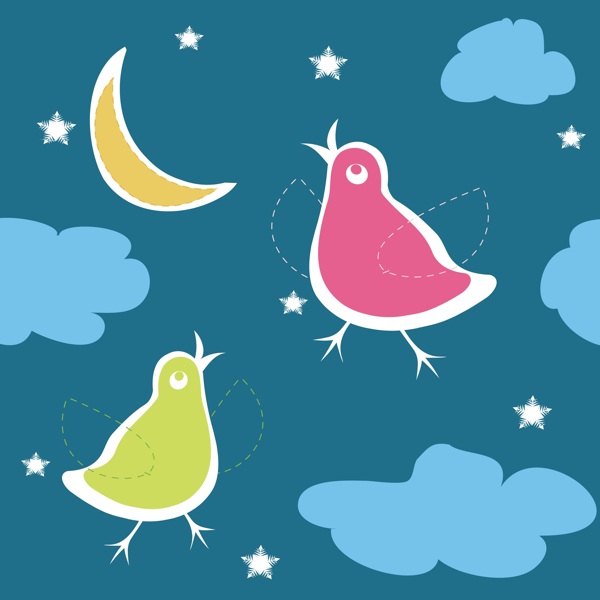Teaching canaries to sing

We value a number of birds for their singing abilities - none more so than the canary and the various breeds, ranging from the American singer to the Spanish timbrado, that have been developed specifically for this characteristic. The best-known and oldest songster in the canary family is the roller, whose origins can be traced back to the 1600s.
In the Harz Mountain region of northern Germany, which became a centre for their breeding, these birds were trained to mimic the sound of mountain streams, a fact still reflected by competition requirements today, where they are scored for song passages such as the deep, bubbling water tour.
A tradition then grew up of using so-called 'schoolmaster' birds to train young singing canaries, and this is a practice still followed by many exhibitors today. The birds hear the song passages, and will hopefully learn to sing them as well as - if not better - than their tutor.
The introduction of technology

Artificial aids have also been employed though, going virtually right back to the start of the canary fancy. There was a special musical instrument that was quite widely used during the 1700s in France particularly, to encourage canaries and other songbirds to sing in response to similar sounds.
It consisted of a series of pipes, and was known as a serinette, being operated by turning a handle. The instrument took its name from the old French word for the canary, which was 'serin'. The serinette shown here was made by Bennard from Mirecourt in France in 1757, and is on display in the Musée historique de Lausanne. (Photo courtesy of Rama, Wikimedia Commons, CC-by-sa-2.0-fr).
Another way of training canaries at that stage were the compositions specially written for canaries and British birds such as bullfinches. These were played to the bird in question using a special recorder, which was referred to as a sopranino.
Modern aids

Technology has since helped the process further. First there were gramophone records, including Virginia Belmont's Famous Singing & Talking Birds. Virginia came to fame as dancer in a variety show called The Ziegfeld Follies, and was then inspired to take up bird training when she met a man called Joseph Belmont during the 1930s.
Joseph would perform a so-called "Canary Opera" with his birds, as a segment within the Ziegfeld show. The couple ended up marrying, and Virginia went on to perform regularly with her own birds - including singing canaries - on the roof garden of the highly fashionable Rockerfeller Center in New York.
The introduction of cassette tapes brought new opportunities in terms of training singing canaries, allowing the very best segments of song to be spliced together and played more conveniently in the birdroom. Changes in technology then led to the development of CDs and, more recently, mp3 recordings as well.
The latest findings

There is no doubt, looking back to the early days of the roller canary, that it is possible to improve the singing ability of birds by selective breeding. One author, writing in the 1670s, observed how the canaries being bred in Germany by that period excelled those being brought from the Canary Islands, in terms of their “handsomeness and song”.
But recent studies at Utrecht University in the Netherlands have shown that when finches learn songs, they do so early in life, with their brains becoming active during sleep. Even more remarkably perhaps, scientists have identified very clear parallels between the way that bird song is learnt, and how children learn to speak.
It is now clear that as songbirds master the singing routines, so part of their brain remains more active when they are asleep. Furthermore, different areas of the brain are used for learning purposes and then for singing, or indeed speaking, and these are the same in both children and birds.
In order to get the best results therefore, when it comes to teaching singing canaries, it may be a question of introducing the desired song passages to young canaries from a very early stage in life, rather than waiting until they are weaned. After all, in the wild, cock birds tend to sing predominantly during the nesting season itself, with their vocal output usually declining during the post-fledging period.